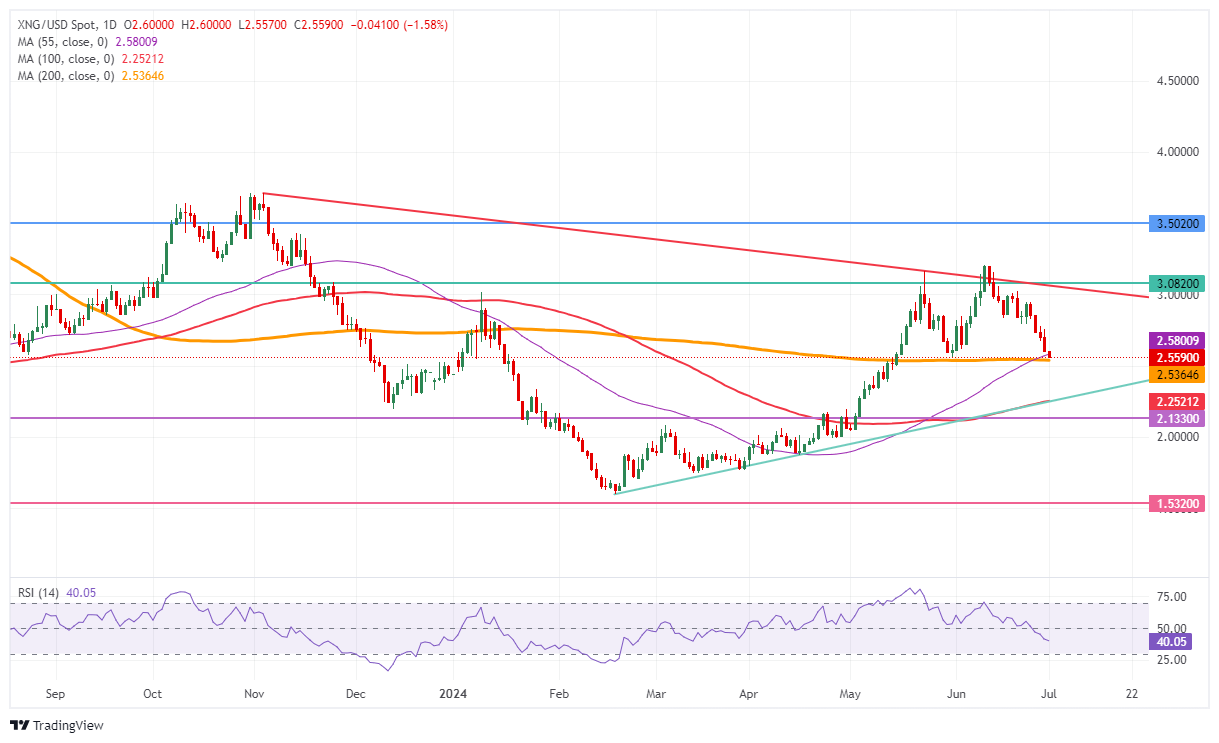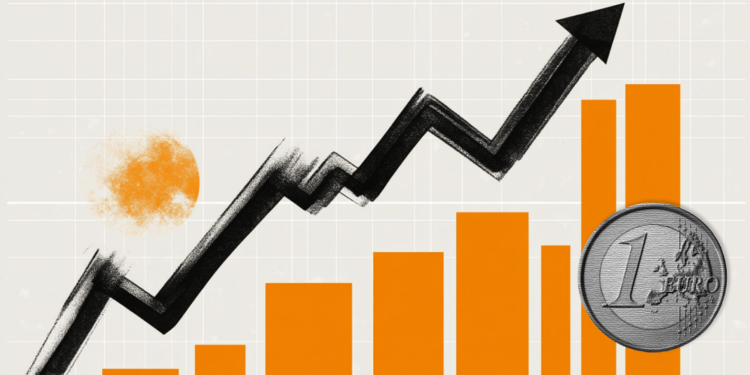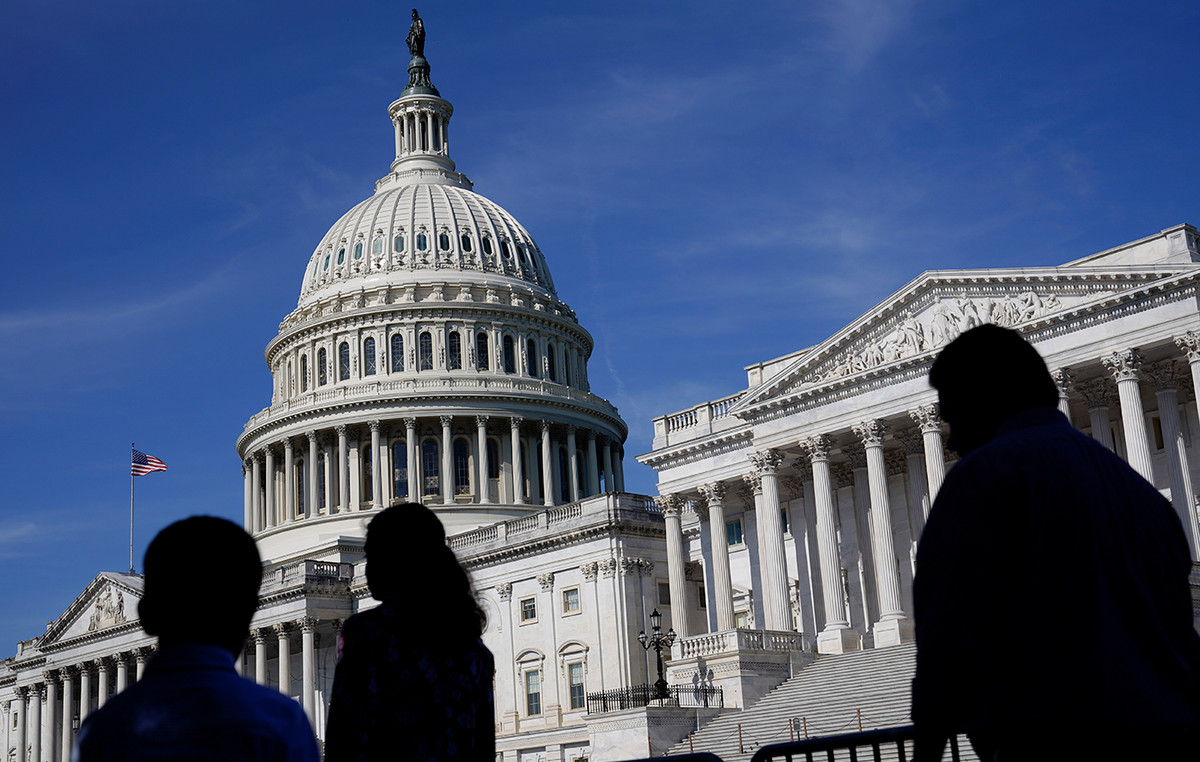- Natural Gas extends its fall and sinks to $2.56 on Monday.
- Investors see China reducing LNG imports after prices surpassed $3.0 in June.
- The US Dollar Index retreats after the Euro outperformed the Dollar on Monday, offering support to XNG/USD.
He Natural Gas (XNG/USD) price drops and plunges to $2.56 on Monday, extending its losing streak for the fifth consecutive day. The move follows China’s reduction in Liquefied Natural Gas (LNG) imports after prices rose above $3.0 in June. It seems that demand and appetite for LNG in China is not so great once prices warm up, while Gas prices in Europe are rising after a local temperature rise and energy demand increased again .
Meanwhile, the US Dollar Index (DXY), which tracks the value of the Dollar against six major currencies, retreats as the Euro (which makes up almost 57.6% of the Index) outperforms the Dollar after the government elections French elections held on Sunday, with a far-right victory that was not so convincing and with all possible results still on the table before the second round of voting on July 7. Traders are also preparing for a full US economic calendar, with the US jobs report on Friday the icing on the cake.
Natural Gas is trading at $2.56 per MMBtu at the time of writing.
News and drivers of the Natural Gas market: Europe is red hot
- Gas demand in Europe is increasing locally. Several regions are already experiencing high temperatures, and energy consumption for air conditioning is increasing to withstand the heat, Reuters reports.
- Bloomberg reports that China’s LNG imports fell for the first time in more than a year, down 6.2% compared to the same month last year.
- Germany is now over 80% of its gas storage capacity, reaching 81%. The EU’s total gas storage capacity is 77%, according to Gas Infrastructure Europe (GIE).
Technical Analysis of Natural Gas: Touching land
The price of Natural Gas is touching firm ground with a double layer of support coming from the 100-day simple moving average (SMA) and the 200-day SMA. The sharp drop in price comes with the main buyer, China, having reduced its recent Gas imports for June after Gas prices rose the previous month. Add to that the steady flow of Gas imports into Europe, with Germany already at 81% in reserves ahead of winter, and it could be that this direction is not yet at the end of the road.
The crucial level near $3.08 (6Mar 2023 high) remains key resistance after its false breakout last week, which is still 20% away. Additionally, the red descending trend line on the chart at $3.10 will also weigh on this area as a limit. Higher up, the new year-to-date high at $3.16 is the level to beat.
On the downside, the 200-day Simple Moving Average (SMA) is acting as the first support near $2.54. If that support area fails to hold, the next target could be the crucial level near $2.13, with intermediate support by the 55-day SMA near $2.58 and by the 100-day SMA at $2.25.
Natural Gas: Daily Chart
Natural Gas FAQs
The dynamics of supply and demand is a key factor that influences Natural Gas prices, and in turn is influenced by global economic growth, industrial activity, population growth, production levels and inventories. Climate influences Natural Gas prices because more Gas is used during cold winters and hot summers for heating and cooling. Competition from other energy sources influences prices as consumers may opt for cheaper sources. Geopolitical events, such as the war in Ukraine, also play a role. Government policies related to extraction, transportation and environmental issues also influence prices.
The main economic release that influences natural gas prices is the weekly inventory bulletin from the Energy Information Administration (EIA), a US government agency that produces data on the gas market in the United States. The EIA Gas Bulletin usually comes out on Thursday at 14:30 GMT, one day after the EIA publishes its weekly Oil Bulletin. Economic data from major natural gas consumers can influence supply and demand, including China, Germany and Japan. Natural gas is primarily priced and traded in US dollars, so economic releases that affect the US dollar are also factors.
The US dollar is the world’s reserve currency and most commodities, including natural gas, are quoted and traded on international markets in US dollars. Therefore, the value of the dollar influences the price of natural gas, since if the dollar strengthens, fewer dollars are needed to buy the same volume of gas (the price falls), and vice versa if the dollar strengthens.
Source: Fx Street
I am Joshua Winder, a senior-level journalist and editor at World Stock Market. I specialize in covering news related to the stock market and economic trends. With more than 8 years of experience in this field, I have become an expert in financial reporting.








